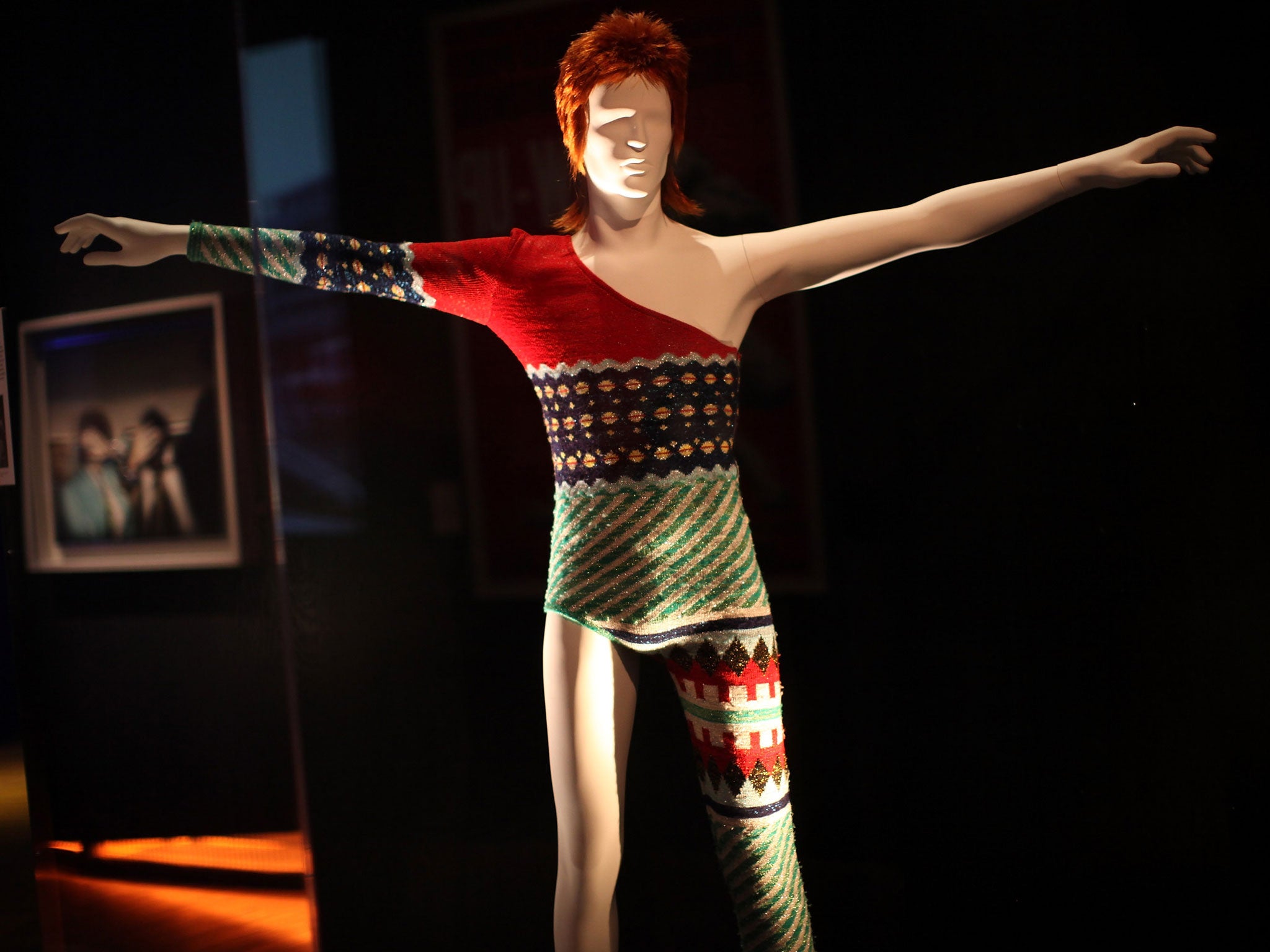Museums: What is it that keeps us coming back?
So often it is absence rather than presence provides the poignancy

Museums have been in the news. In Florence last week, an American tourist accidentally snapped off the finger of a 14th century statue. Meanwhile, in rather less glamorous Warrington, the local museum announced its intention to return a mummified Maori head to its native land. This summer, like many of us, I’ve joined the queues at British museums, with my extended family, heartened by the extraordinary popularity of the past. But it presents us with some sticky problems. What is it we’re actually seeing when we finally get to the top of the queue, and into the latest must-see show?
History, after all, is about absence. The news reports on the Maori repatriation could not be illustrated by a photograph of the head as it would offend tribal sensibilities. We must imagine what it looks like. What an amazing notion for modern media! To be told that their voracious appetite must be denied. Icon is a vastly overused term nowadays. Its abuse has denuded it of its sense of seeing through something, into another world. We simply see too many images, compared to the world our ancestors knew. An ordinary medieval person would have seen almost no art or human representation outside a church. Now we are assailed by a hundred images in as many minutes, maybe more.
That makes any sense of absence all the more powerful in our image-ubiquitous world. Two contrasting exhibitions point this up. The Bowie Is show at the V&A (which closes today, after three months’ of sell-out crowds, with a national 'live' film broadcast to 200 cinemas around the country) derives much of its impact from the reverential treatment, and absence of its subject.
Bowie is there – in his empty costumes, his filmed appearances, the clever loop sound system which sparks into life as you tour the galleries. And yet, just as his ten-year long silence and oddly continuing withdrawal from the media global fascination has made his ‘comeback’ so successful, so this show, from which Bowie withheld his patronage, would be only half as effective if he had been all over it. Indeed, at the private view dinner, he sent a wonderfully rude message via his doppelganger, Tilda Swinton, which I cannot repeat here. (Although I can reveal that, having declined to appear during that initial furore, the Thin White Duke did indeed visit the exhibition last month, slipping in unnoticed by the press. He pronounced it satisfactory).
Before the Bowie show opened, I was lucky enough to be given access to the V&A’s conservation department, where the costumes where being prepared. In one corner lay a plywood box with a domed lid, looking like a cross between a cradle and a coffin. The curator, Geoff Marsh, pulled open the sarcophagous to reveal the pierrot costume worn by Bowie in his ‘Ashes to Ashes’ video. It lay there, a shimmering vision of sequins and buckram, as if its wearer had been teleported into space, leaving behind this chrysalid shell. I reached out to surreptitiously touch it, but realised that after a lifetime of worship of its once-wearer, that final connection with something that was probably still impregnated with his genes (there were even his grubby white stockings inside), might break the spell forever.
Last week, I joined another snaking queue of holiday visitors to the new Mary Rose exhibition in Portsmouth’s Naval Dockyard last week. A vast black hull, like an upturned ship, has been erected, at a cost of £24 million, beside HMS Victory on the harbourside. Inside, the sepulchrally-lit, splintered timbers are hermetically sealed, the sea water being sucked from the wood’s cells after half a millenium’s immersion in the Solent. Henry VIII’s flagship is just a ragged jumble, a mere semblance of its glory. Yet the context of the artefacts found on board – from 300 perfectly preserved longbows, to the pocket sundials carried by many sailors, like 16th century versions of wrist watches - bring the whole thing to life, in the collective imagination of us, its 21st century viewers.
Afterwards, we bent our heads to enter the hallowed decks of the Victory, as if paying obeisance to its preserved status in the national narrative, sure in the knowledge that this was ‘true’ history. Yet almost the entirety of the ship has been replaced since Nelson fell on its decks. Even the spot where he fell, marked by a brass plaque, is no longer the ‘real place’, since its planks were renewed forty years ago, since I first visited the site as a boy. The ‘Victory’ on which we stand is, essentially, a reincarnation of its 18th century original.
The curator of the Florence museum responded to the loss of his statue’s finger by declaring, ‘In a globalised world like ours, the fundamental rules for visiting a museum have been forgotten, that is, “Do not touch the works”.’ Our all-access attitude may lead us to believe we have the right to reach out and touch, to bridge that gap. But that Maori head, Bowie’s ghost, the remains of the Mary Rose, Nelson’s myth? They all add up to the power of the intangible - an absence far more powerful than a million web pages, tweets or Facebook postings. Ironically, it is the idea of the image that persists - the persistent iconography through which we see our own imagined past.
Philip Hoare's new book, The Sea Inside, is published by Fourth Estate

Join our commenting forum
Join thought-provoking conversations, follow other Independent readers and see their replies